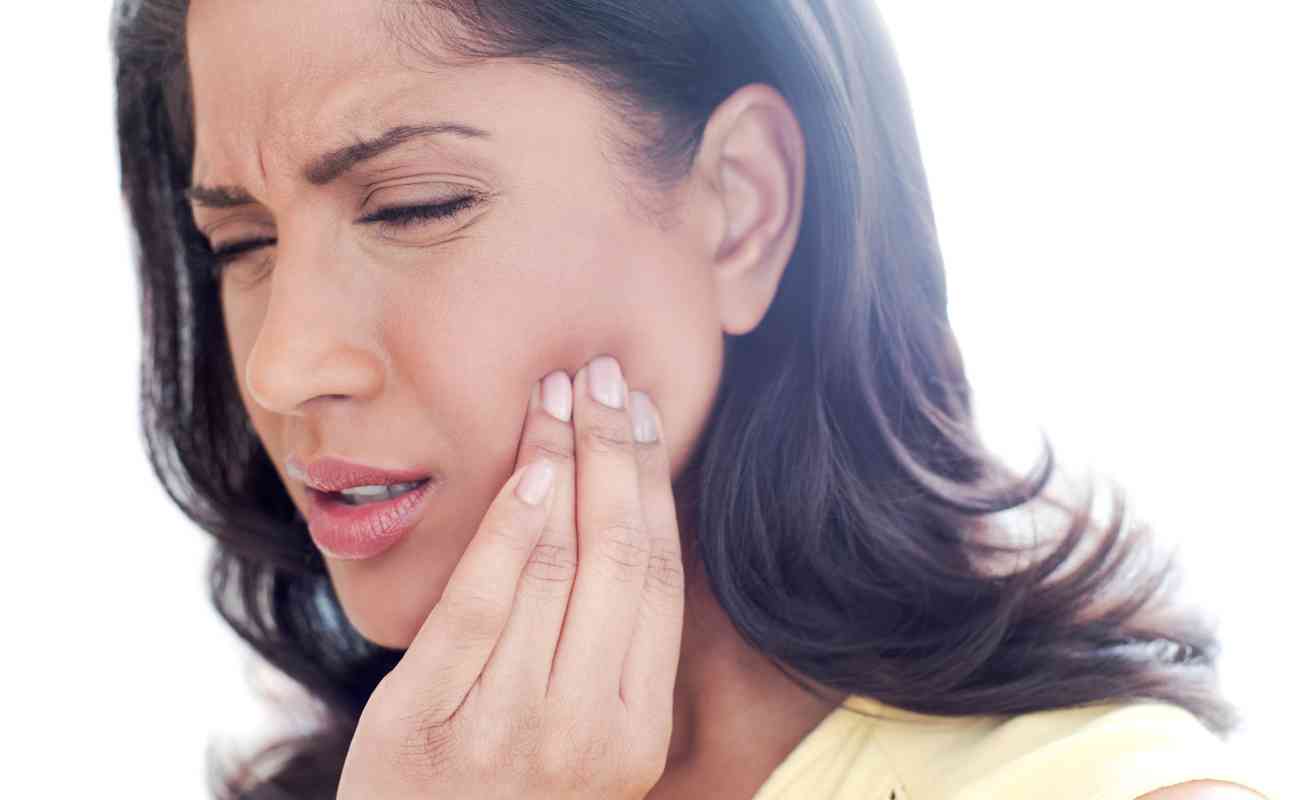
Iliotibial band friction syndrome (ITBFS)
Iliotibial band friction syndrome(ITBFS) is an overuse injury presenting pain on the outer aspect of knee which is exacerbated by sporting activity. It is mainly seen in runners and cyclist.
Iliotibial band (IT band) is a thickened fascia that runs on the outer side of your thighs from pelvic bone to your knees. Muscles around your hips and thighs named as tensor fascia lata and gluteus maximus attaches to IT band. Repeated bending and straightening of the knees causes irritation of a fat pad and connective tissue between the IT band and bony prominence of lower end of the thigh bone called as lateral femoral condyle. This irritation is the likely source of pain in this condition.
An athlete with ITBFS feels pain over the outer aspect of the knee which increases with activities like running, cycling or other activities which causes repeated knee bending and straightening. Long distance running or down hill running will be difficult due to pain. There will be tenderness on the outer aspect of the knee joint, with local swelling. There will be tightness of ITB with burning pain on examination.
Iliotibial band friction syndrome Treatment
Please consult your Physiotherapist if you have the above symptoms. Your Physiotherapist will be able to advice you on specific activities which you have to limit or modify depending on your activities and symptoms. This is very important to reduce the pain and further irritation in the initial phase Local treatment used to reduce pain are cryotherapy, moist heat, Ultrasound therapy, Laser, taping or acupuncture.
Treatment of ITBFS should address not only the local symptoms, but needs a detailed assessment and corrective treatment of your foot and hip joint. Strengthening and stretching exercise of hip, knee and foot muscles, soft tissue release techniques and other manual therapy techniques are used for the treatment. Your physiotherapist may assess for the need of Orthotic insoles if indicated for correction of over pronation which will reduce the stress on your knee and hip joints.




